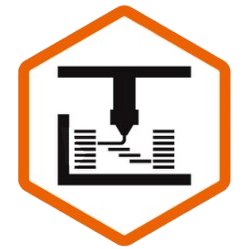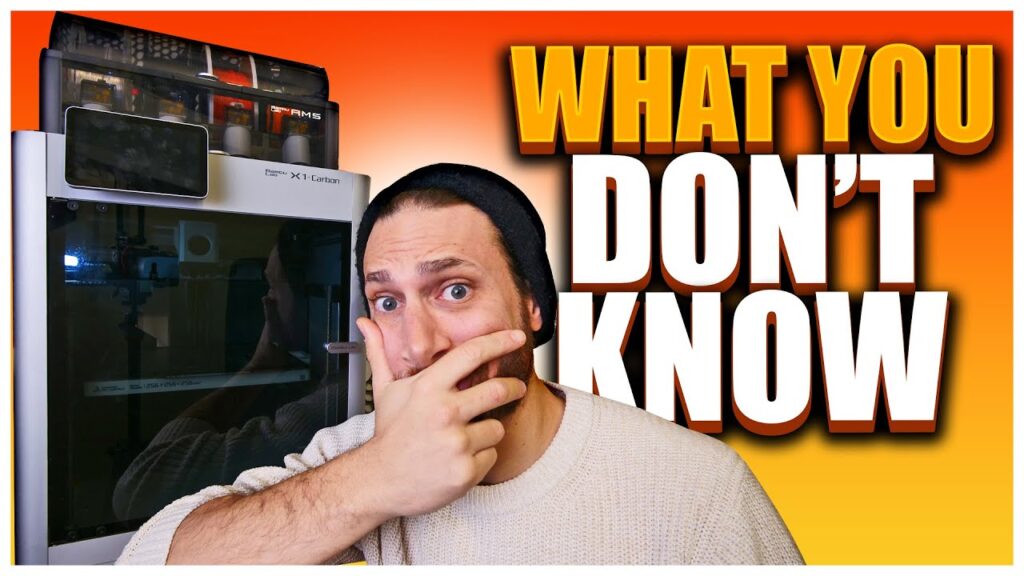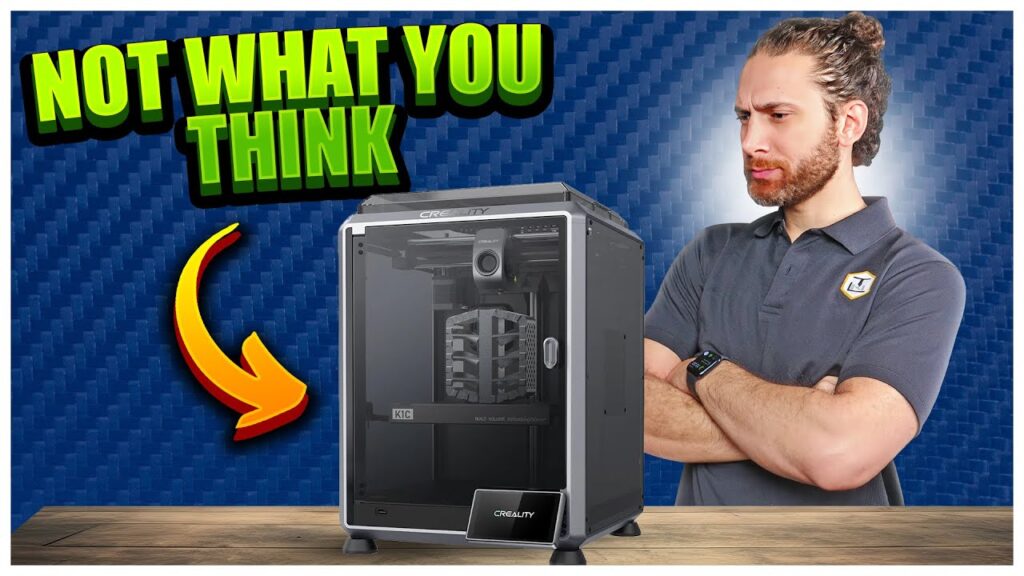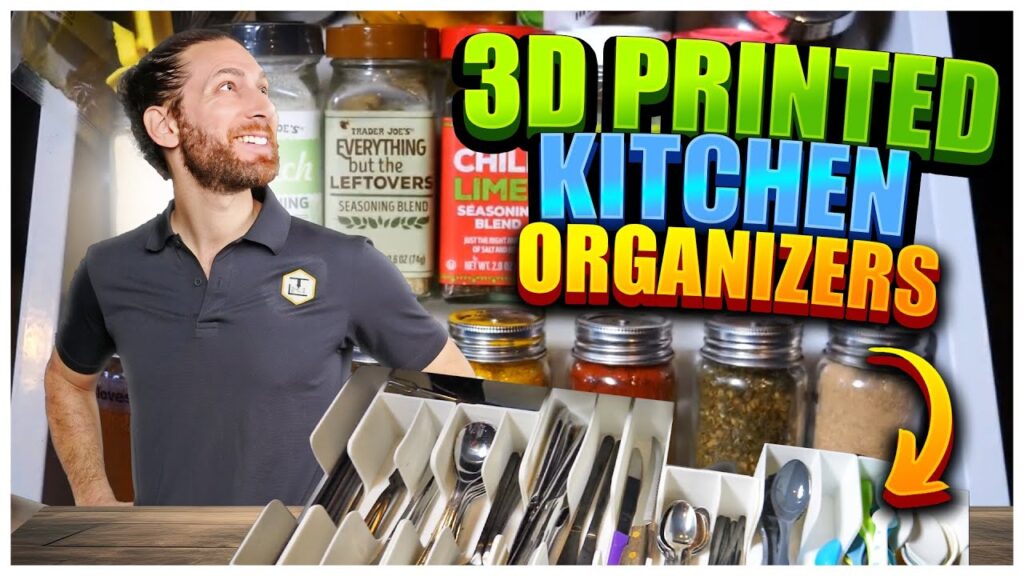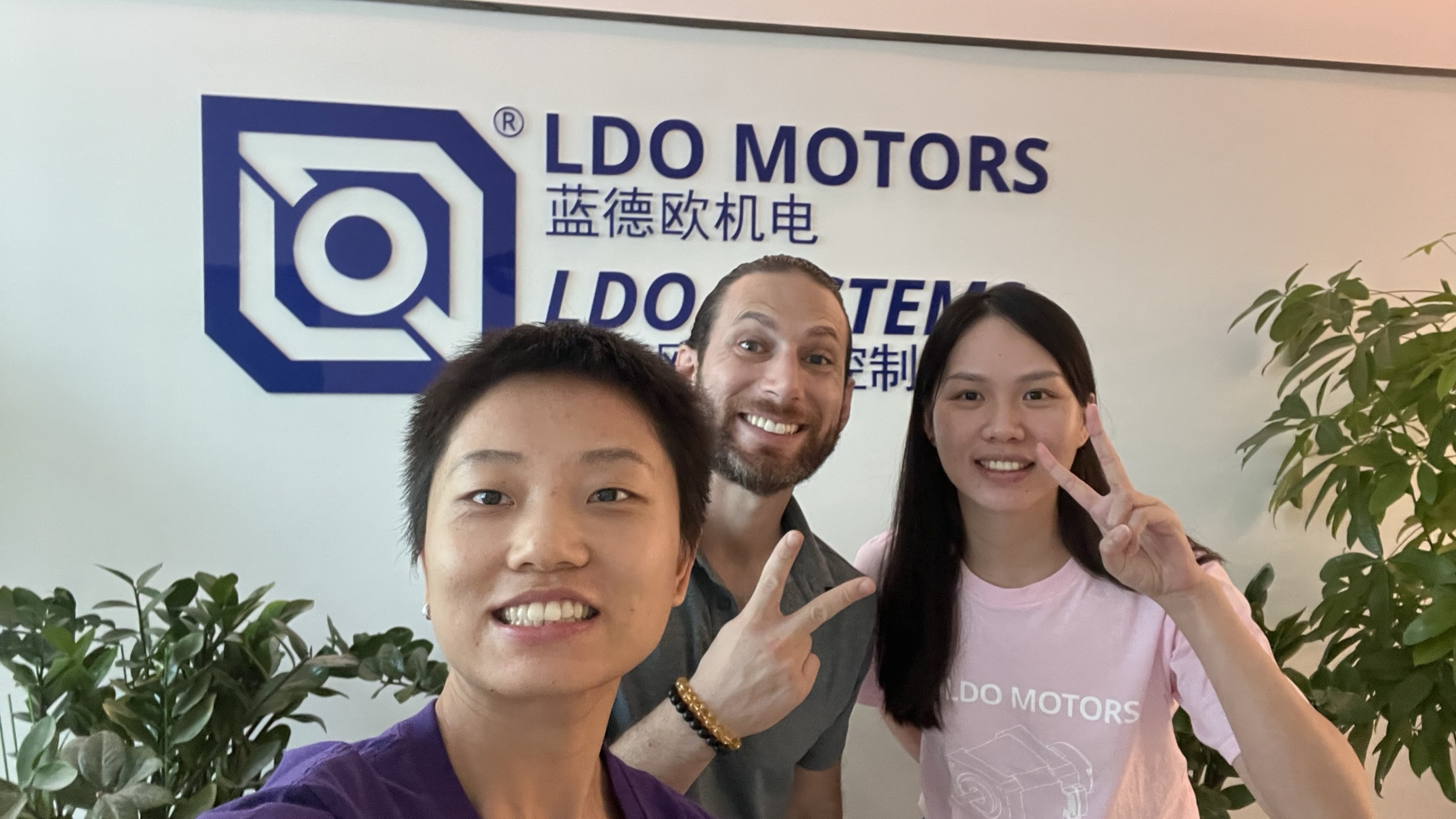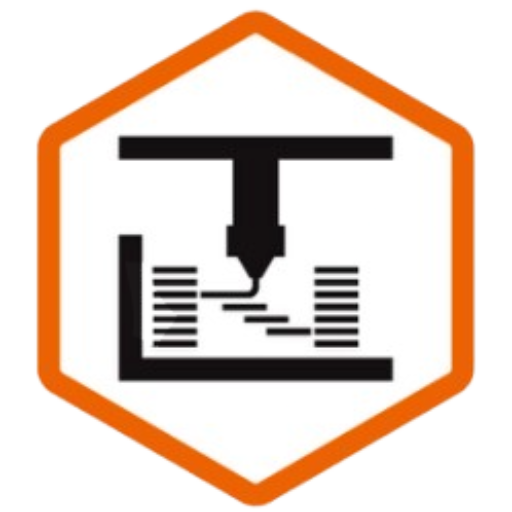The Sovol SV07 is here, and I’m not going to lie to you guys.
It’s pretty freaking great.
And what’s more, I think it is the canary in the coal mine, signaling that the budget 3D printer market – not just the high end of the market – is about to change for good.
And in this review, I want to explain why.
So whether or not you’re in the market for a new budget 3D printer, stick around to the end, because I think you’ll find my conclusions to be a pretty interesting insight into where the market is going.
Let’s dive in.
Background
A few months ago, I took a Sovol SV06, strapped on a Creality Sonic Pad, and began churning out high-quality, 24 minute benchies, for around $400.
You guys loved that video, but what I didn’t realize at the time was that Sovol themselves were about to upstage me, by going ahead and doing it themselves.
Sovol has been going from strength to strength recently, with their wildly popular, super-high-quality SV06, and then, almost immediately thereafter, their SV06 Plus, Both of which, while they aren’t perfect, are giving companies like Creality a SERIOUS run for their money at the “budget” price range.
Introducing The Sovol SV07
A few weeks ago, Sovol began teasing their latest model, a high-speed, entry-level printer which boasts Klipper, a high-flow hot end, an auxiliary cooling fan – and a touch screen, all out of the box.
Yes, it’s still a bedslinger. Yes, it uses V-roller wheels. And yet, in my testing thus far, those things honestly don’t matter. This thing is still really, really good.
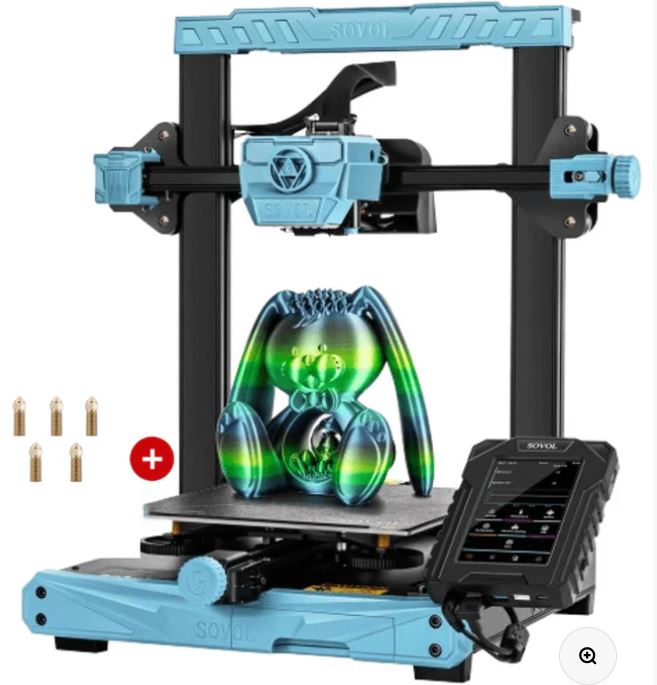
Sovol SV07
My top choice for the best 3D printer for beginners!
- Perfect first 3D printer for yourself or as a gift!
- Extremely beginner-friendly machine, with easy 15 minutes of setup.
- $189 price point, which is quite literally third of the price of normal printers.
- A reliable machine that prints fast and does not compromise on quality.
Now, I want to be clear here: Sovol sponsored my video showcasing their printer, and there are affiliate links in this article.
But don’t completely write off everything I’m going to say here just yet.
I’ve been SO impressed in my initial testing, that I just decided to instead do a full video all about the SV07 (and the SV07 Plus) and about what I think it means for the budget end of the market as a whole.
You can watch it here:
With that said, even though I cannot ethically call this a full product review, because money IS changing hands, Sovol is not going to see this video before you guys, they’ve had no inputs here, and as you’ll see in a second, I have absolutely no problem listing out both the good AND the bad about this printer, because frankly, a couple hundred bucks or whatever is not worth jeopardizing your guys’ trust, nor my reputation.
OK, so with that all out of the way, let’s then talk about the Sovol SV07.
The Good
Needless to say, as you can expect with any of these flat-packed printers, setup was a breeze on the SV07 – I had the printer fully set up in exactly 15 minutes, and that included 1 or 2 minutes of trying to find my tools in a bunch of moving boxes.
I knew the hardware would be easy, but based on my experience tweaking the SV06 that I Klipperized, I expected to have a reasonably uphill battle getting the SV07 to print perfectly. My rep sent me some Cura profiles, but as you’re going to see in an upcoming video – make sure you’re subscribed for that – I’ve recently switched over to Orca Slicer for 100% of my printing needs. Fortunately, Orca Slicer 1.6.2 just added the ability to add ANY Marlin or Klipper printer, and even gives you a baseline profile for the printer.
All I needed to do was configure the print volume, set up my print-start and print-end macros, crank up the speeds a little bit to approximately what I was able to achieve on the SV06, and I was good to go on the slicer side.
Then, I just went through the manual and the simple on-screen instructions to level the bed, do a bed mesh, and configure input shaping with the included accelerometer. Super easy.
From there, I couldn’t believe what happened next. I was actually so shocked that I recorded a YT short of it.
It. Just. Worked.
Look, guys. I’ve tested a fair number of printers at this point, from the very best, to some bargain options.
But almost NEVER have I had a PERFECT first layer – on my FIRST print – right out of the box.
I’ll be completely honest and say that I do suspect that maybe Sovol did some extra testing on my review unit, because there was some leftover red filament in the hot-end from the factory, but I don’t know if that’s part of the normal QC process they do for every printer or not – so let me know in the comments, those of you who get an SV07, if your hot-end had filament in it, too.
Anyways, from there, my first print came out perfectly. And then my second one. And third. In fact, the only failed prints I’ve had to date were when I constrained the filament path by moving the filament sensor.
Other than that – everything. Just. works.
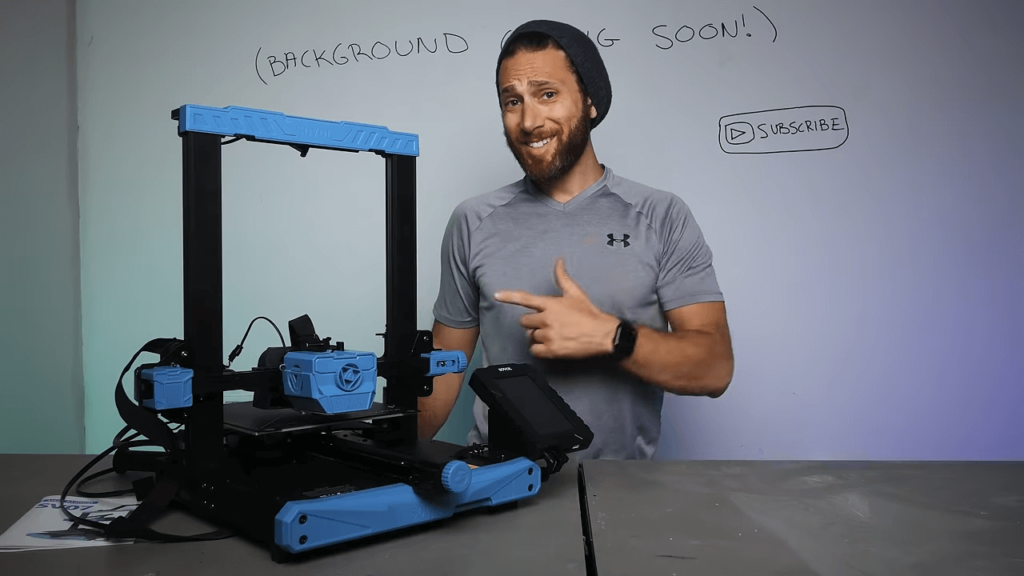
In fact, I quickly began to trust this printer so much, I left it for the entire weekend – a level of trust that VERY few printers ever earn.
I’ll also be even more honest, and say that while I LOVE my Voron 2.4, while the SV07 was cranking out successful print after successful print, my Voron got bogged down in an endless loop of tweaking material settings and failed prints.
This made for a really stark contrast between two very different Klipper experiences: on the one hand, a “cheap” bedslinger that just worked, whereas on the other hand, a top-of-the-line, all-out, custom, CoreXY monster that I couldn’t get to print properly to save my life, simply because my profiles and material settings weren’t perfectly dialed in for this specific project.
Needless to say, I’m impressed.
The SV07 prints fast. Like, MK4 fast, ranging from 200-250mm/s without a hitch.
The hot-end flows beautifully, even on “slow” materials like PETG.
Hooking up a camera was a breeze.
I was able to connect to SSH with no problem, using the default credential (by the way, in case you’re wondering, they’re “mks” and “makerbase.”)
Bed adhesion is awesome.
Build quality is even better.
The auxiliary cooling fan is a brilliant idea for adding cooling without adding weight anywhere but the Z axis.
It’s incredibly quiet – quieter than the MK4, from what I’ve seen.
Sovol even went ahead and implemented the feedback of some content creators, and strapped on a super-bulky strain relief on the bed.
So, what, is this printer perfect?
Well, no. In fact, there’s probably no such thing. So let’s now talk about:
The Bad
Yes, Sovol has given me complete liberty to share the honest truth, and there ARE a few things about this printer that I really don’t like.
First, there’s the touch screen and overall responsiveness. I’ve found that there is a good 2-3 second delay sometimes when doing things like canceling the print, confirming selections, and so on. For most things, like menus, it’s quite responsive, but I’m not sure why there is this annoying delay when trying to perform certain actions, and I can only assume it has to do with processing power required for those actions.
Second, and maybe this is just me, is the dangling filament sensor. I know that they put it up near the spool holder to reduce weight from the print head, but personally, I always like to remove the provided filament spool roller, and mount my filament elsewhere like a dry box or a shelf, and there is no good way for me to relocate that filament sensor without either straining the filament path or printing some new attachment.
Third, I did have some difficulties installing custom modules and packages like Obico or OctoEverywhere, due to there being an invalid date on the chip from the factory. Fortunately, 30 minutes or so of googling around yielded the answer, and I’m just going to post it up on screen right here in case any of you run into the same issue.
Fourth, let’s talk about the elephant in the room: The V-roller wheels. Some of you may recall that the SV06 and SV06 plus, like the Prusa MK3 they’re modeled after, utilize linear rods and bearings for stiffness and security. This printer does not, and I don’t have a good reason as to why.
One reason may be cost savings: Sovol probably wanted this printer to remain at the sub-$400 price range, so that it doesn’t have to compete with the onslaught of budget CoreXy printers on the way such as the Creality K1, and with mounting variable costs from things like the powerful processor, the beautiful touch screen, and also all the molding costs for the new assemblies, they had to cut costs somewhere.
Another possible reason is because unlike the SV06, they knew that this printer was going to have input shaping from day 1, and so there really is less of a need for rigidity; you can just compensate for it with software.
Sure, you could go faster with a more rigid system, but when I compare this printer to my Kipperized SV06, the recommended acceleration values are pretty much the same, which really makes me wonder, does it even matter?
Sure, V-rollers get a bad rap, and you may need to replace them sooner than bearings, but at the end of the day, in this application, they get the job done for much less than linear bearings.
Fifth, and I think this is going to apply to any Kipper printer, there is a learning curve.
As I mentioned, this thing pretty much “just worked” on the software side – but only after I had properly configured the print start and print end macros in my slicer, based on all of my experience with Klipper from my Voron build. Sure, I could’ve just used the Cura profiles, and yes,
I will of course be sharing my modified Printer.cfg and Macros.cfg with my Patreon supporters, but out of the box, with an alternative slicer, the printer didn’t even move the print head or disable the heaters after it was done printing. I had to configure all of that myself – just as I would with any other Klipper printer. And for beginners, that can be a little daunting.
And finally, I’ll just point out: yes, it’s a bedslinger. And bed-slingers are no longer in fashion.
But as I discussed at length in my podcast episode with Denise Bartacchi of Tom’s hardware, for now, because of the ability to flat pack, bedslingers aren’t going anywhere for the “entry level” segment of the market, (or, in the case of the Prusa MK4, even the high end), and as bedslingers go, this one is honestly about as good as I think it can get.
Pretty soon, I should be getting the AnkerMake M5 in, and we’ll see if my opinion of that changes.
What Does This Mean for the 3D Printing Market?
To be honest, and here’s maybe where my bias towards Sovol as a company might come into play, I think that this printer is going to be a game changer for the 3D Printing market, just like the SV06 shook things up in a market niche that was pretty much dominated by Creality and their clones.
You see, up until now, all of the budget options in the SV07’s price range have either run Marlin, or, in the case of the Biqu Hurakan, haven’t really been all that good.
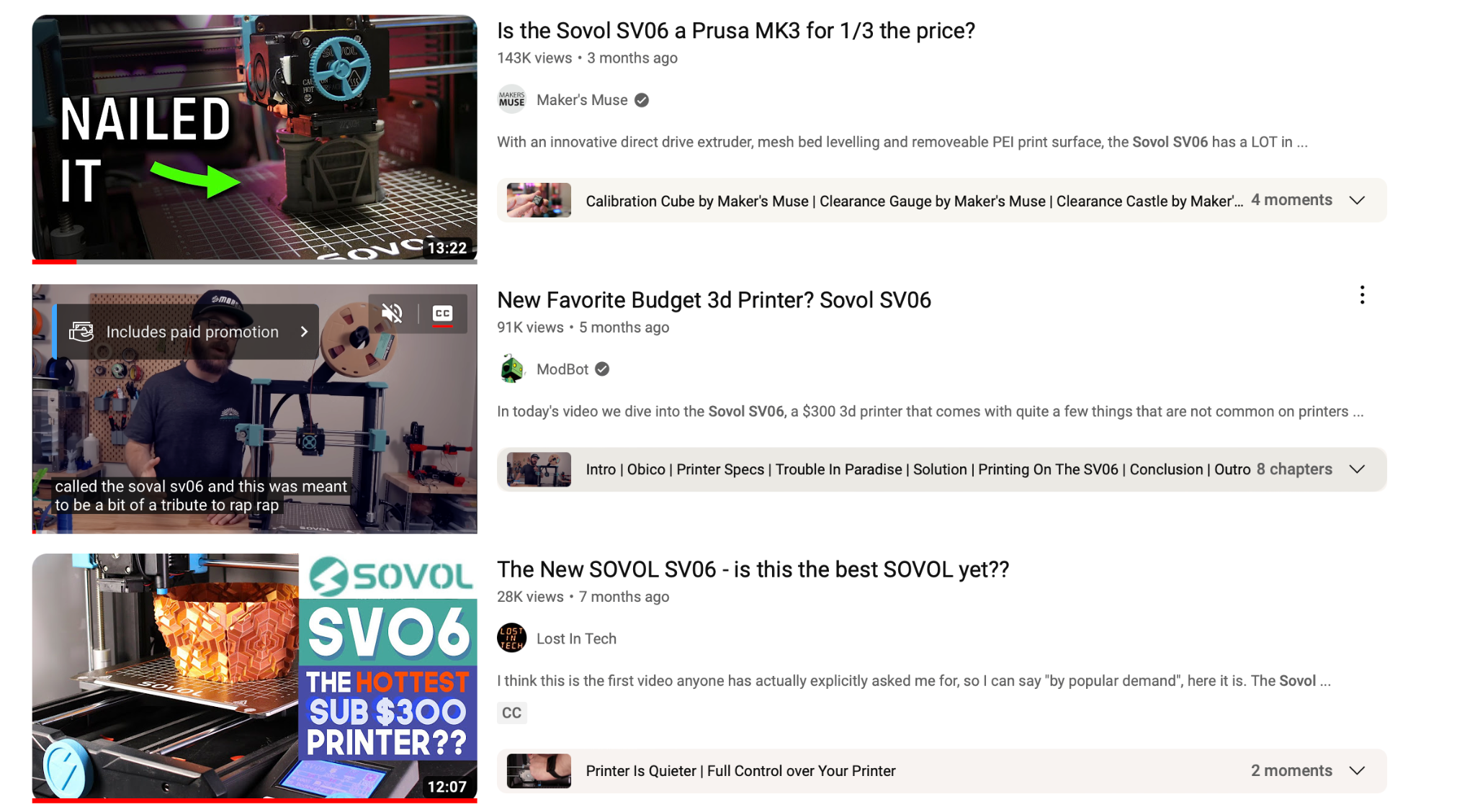
But here, for what I think is probably the first time, we have a budget 3D printer, perfect for beginners, which runs an unmodified, unlocked, open source version of Klipper out-of-the-box.
This means that an entire new generation of 3D printing enthusiasts – beginner and advanced alike – will be able to get their hands on Klipper, learn the ropes, tweak and customize it as they learn – in a way that something like the Creality Sonic Pad simple didn’t allow.
I foresee that in the same way that beginner 3D printers have learned about their printers’ HARDWARE by printing and tweaking different parts and modifications on their Ender style printers, this new generation of completely open Klipper printers is going to herald a move towards users – all users – becoming more savvy with Klipper, without having to spend Voron-level time or money, or dealing with scary reflashing of firmware to do it.
Yes, there is a learning curve, and yes, you’ll need to learn about things like macros and input shaping and all of that, but I think this printer – and the ones that will no doubt come out after it – are going to herald a larger move towards Klipper at the entry level of the market.
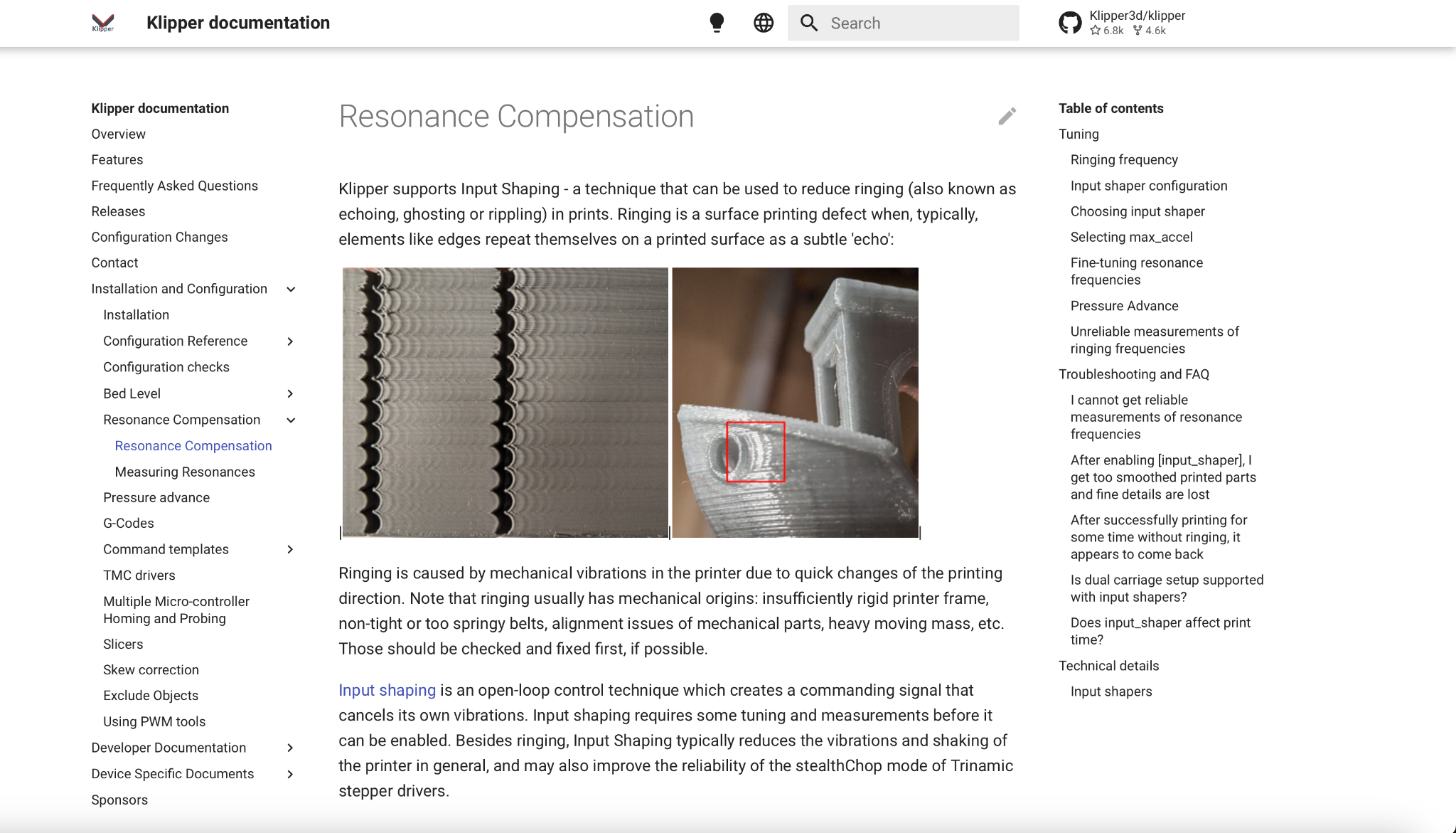
Should You Get The Sovol SV07?
So, with all that said, should you get one of these printers?
Well, as with all recommendations, it really depends.
With that said, I think my friends over at Sovol would actually agree with me that while there might be better printers at other price points, the SV07 IS the perfect printer for a few specific types of people.
The first is beginners.
I’ve LONG recommended the SV06 and SV06 as my #1 choice for beginners, for various reasons.
Because the bedslinger format is used by so many printers, they’re a great way to learn the ropes. They’re open source, and allow you to print your own replacement parts when you mess up. They are physically open, making them easy to repair, and they’re not expensive – meaning that it’s a good way to dip your toes into the hobby and see how you like it without investing too much money.
In fact, despite having connections with a lot of different 3D printer companies, when my video editor Erick decided he wanted to get into 3D printing, I actually got him a Sovol SV06 Plus to start with – and he’s been LOVING it.

Sovol SV07
My top choice for the best 3D printer for beginners!
- Perfect first 3D printer for yourself or as a gift!
- Extremely beginner-friendly machine, with easy 15 minutes of setup.
- $189 price point, which is quite literally third of the price of normal printers.
- A reliable machine that prints fast and does not compromise on quality.
The second group I can recommend this printer for is the budget conscious consumer.
If you’re happy to spend $1,100 on a 3D printer, the Bambu Lab X1 Carbon is still the best printer I’ve ever used, but this machine isn’t trying to compete with that.
Frankly, considering the Sovol SV07 is now $189, you can literally get 5 of these for the price of one of those – or two for the price of a Bambu Lab P1P, which I haven’t personally tested, and therefore can’t really comment on.
And as far as performance goes, it is probably about 80% of the way there – again, for 33% as much money.
That makes this, without a doubt, the best BUDGET 3D printer I’ve seen on the market today – and I would happily recommend it even if I didn’t have a financial incentive to do so.
In fact, when my friends ask me which printer they should buy for their kids to get into 3D Printing, for example, I’m going to recommend the SV07 from now on.
But hey, let me know in the comments below: do you see yourself picking up one of these printers?
That’s all for now, but I’ll see all of you on the next layer.
